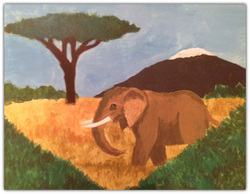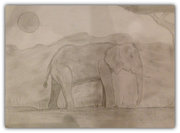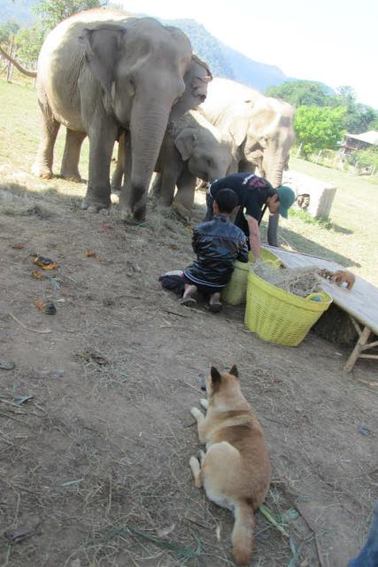
As we entered the park, we saw lots of dogs. This park also rescues dogs and cats from the streets of Chiang Mai, to live among the people and elephants. I saw lots of dogs walking right next to the huge elephants. The dogs and the elephants did not seem to mind at all! Elephants are very friendly creatures, they will be your friend, and be so gentle, despite their massive size.
-Africans have ears shaped like Africa that are huge. Asian elephants have smaller ears shaped like India.
-On their trunks, Africans have two “fingertips,” and an Asian elephant only has one.
-Male and female Africans have tusks. It’s unusual for a female Asian to have them.
-African elephants are bigger.
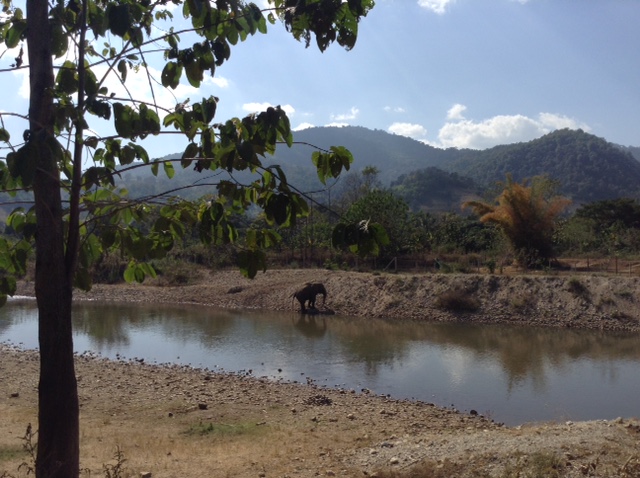

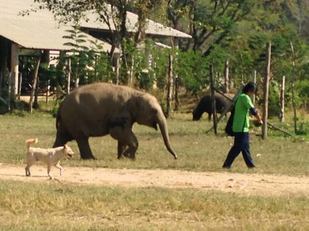
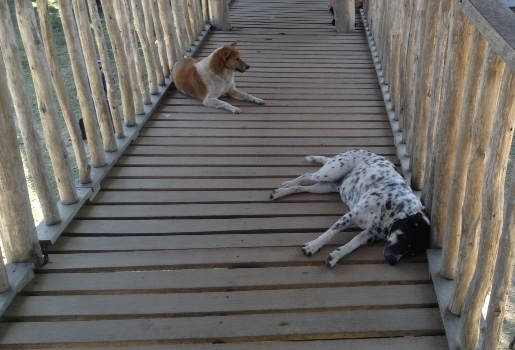
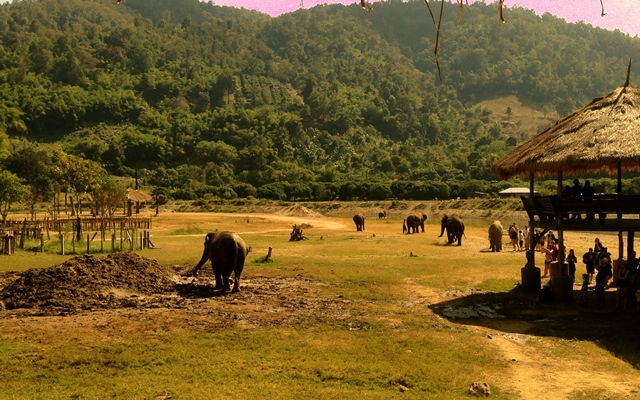
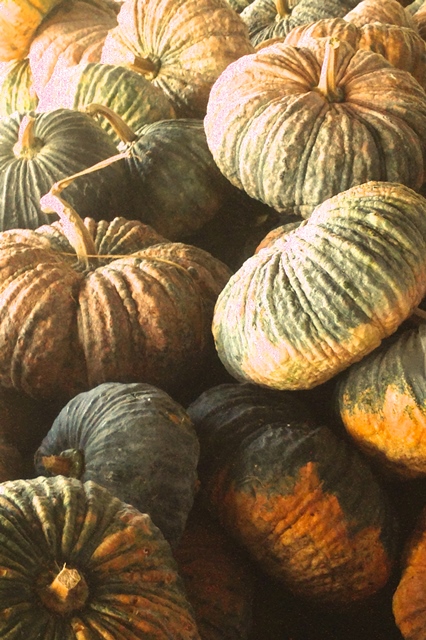
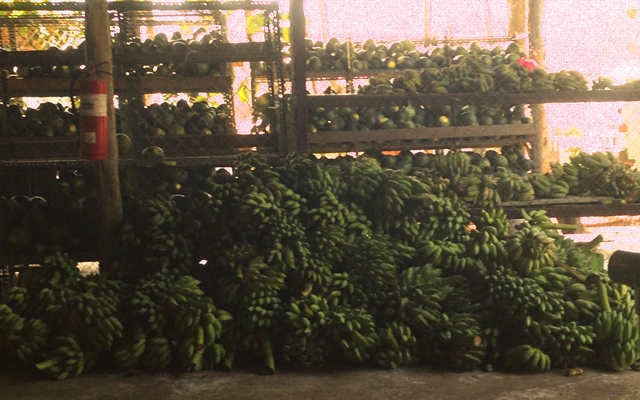
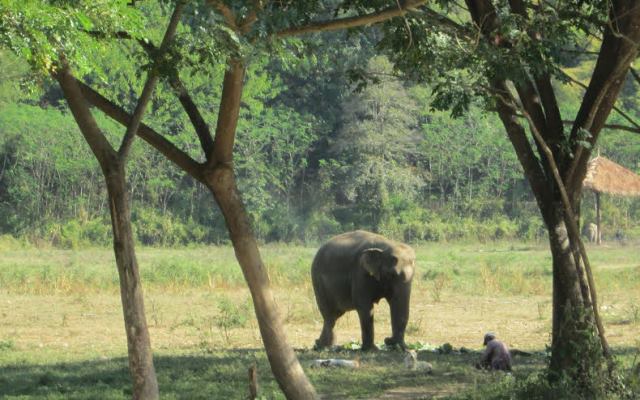
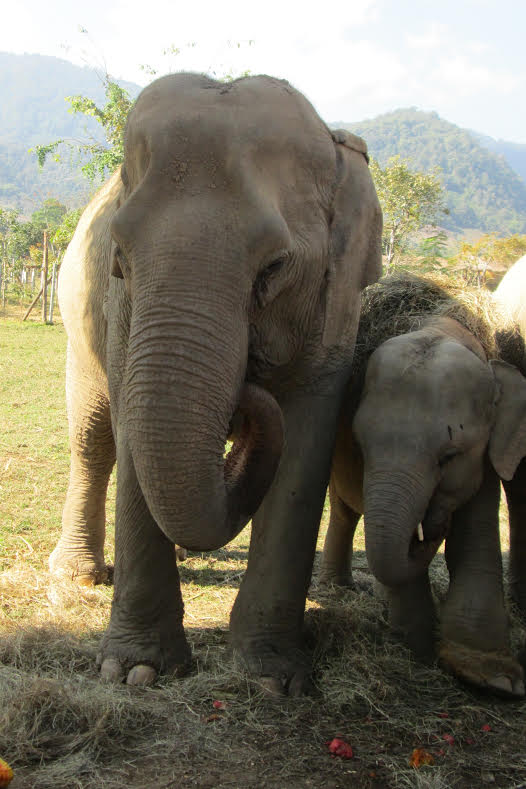
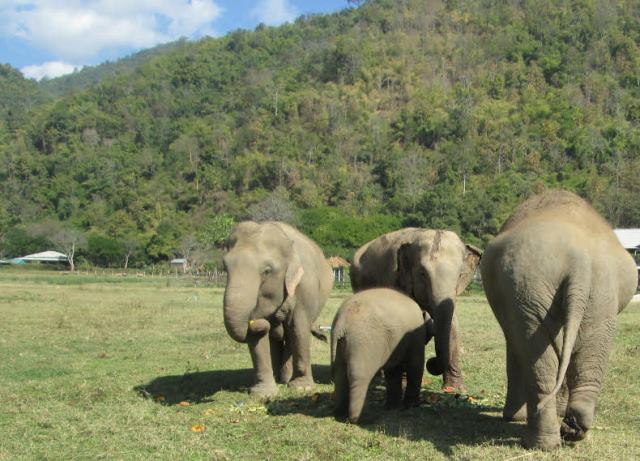
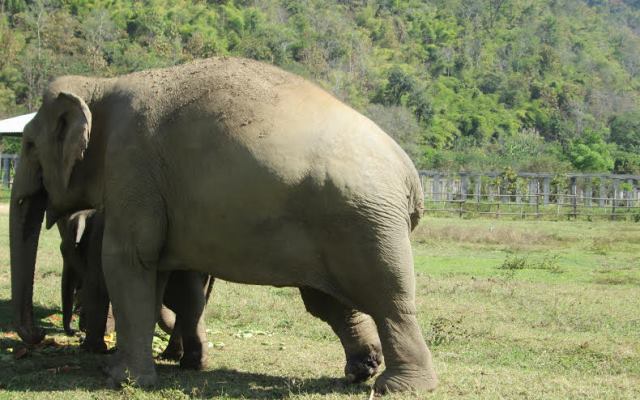
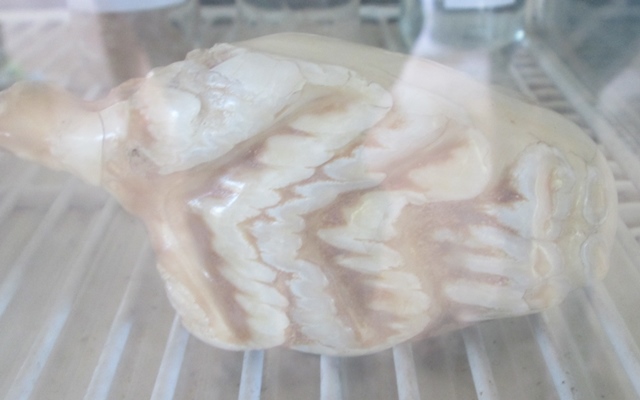
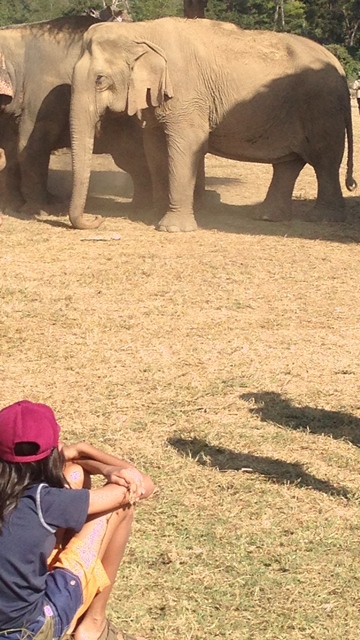
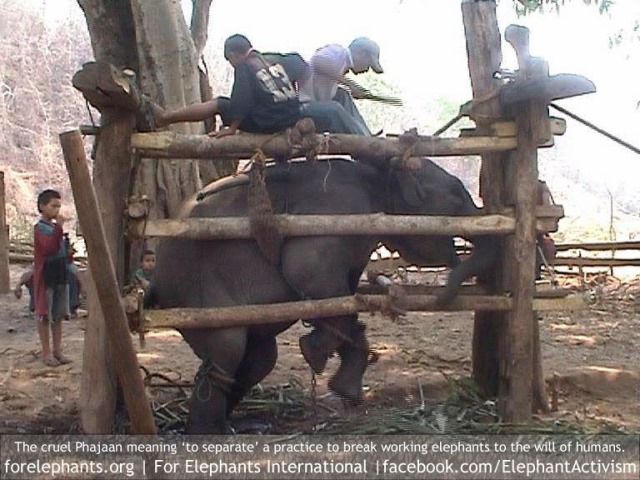
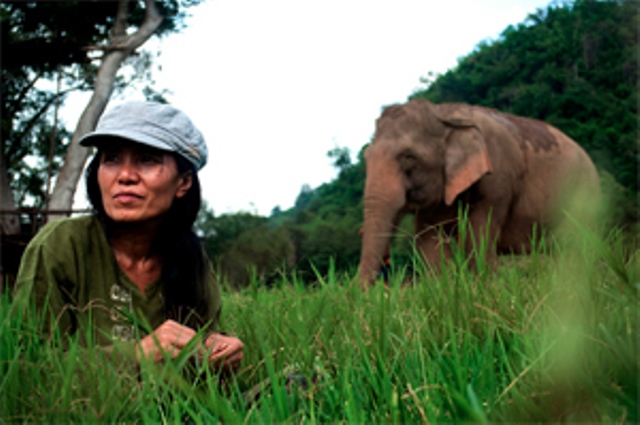
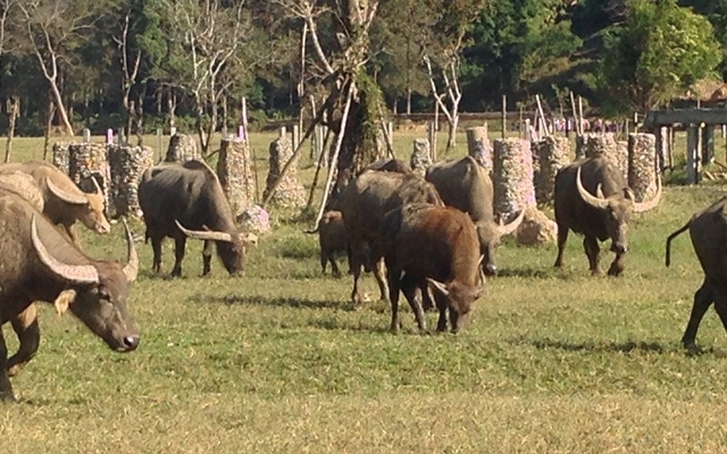
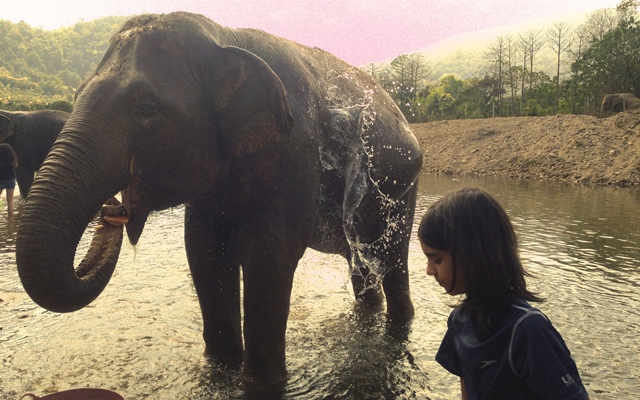

 RSS Feed
RSS Feed
